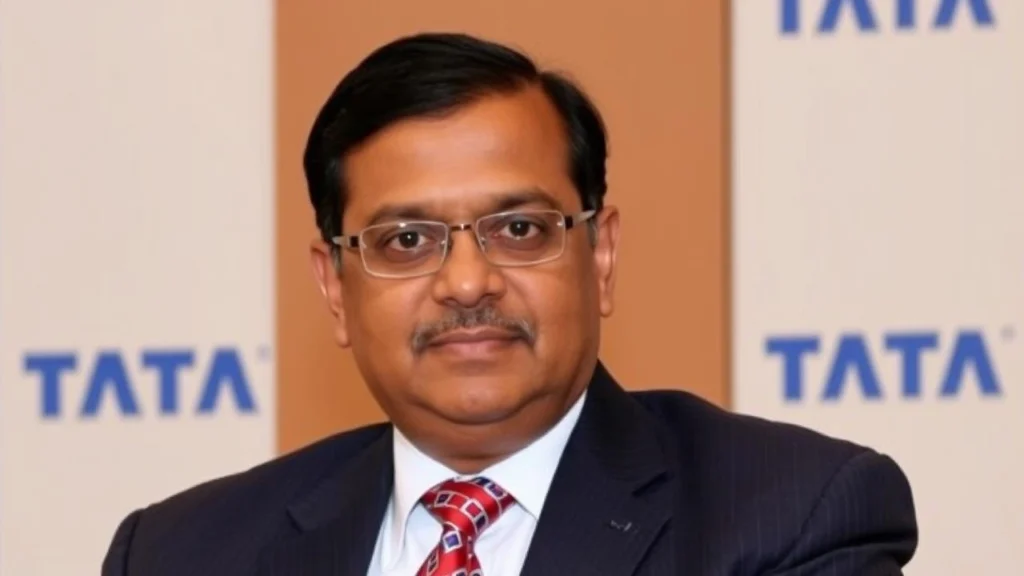In these years, the number of tax filers has gone up from 65 million to 80 million, which is still less than 6% of the population. Of all those filers, barely 25 million pay more than zero tax. Thanks to the recent hike in the exemption ceiling, it is possible that another 8 to 10 million people may be freed from income tax. India still has barely 7 income taxpayers for every 100 voters, which is why they felt ignored politically.
Also Read: Income tax payers in India have good reason to feel neglected
But this time, even the President and the Prime Minister talked of the middle class. Sitharaman’s tax cut will bring cheer to households that had seen their purchasing power erode due to inflation amid sluggish growth in wages and salaries.
The stimulus was probably triggered by a palpable slowdown in urban consumption. The chairman of Nestle India recently wondered if the country’s middle class was shrinking. The tax relief might also have been prompted by the embarrassing optics of corporate tax collections having gone lower than personal taxes. Rather than raise corporate taxes, the finance minister chose to reduce personal taxes.
Also Read: Union Budget 2025 strengthens the middle class for a consumption-driven economy
India, however, remains an outlier among its peer countries, as personal income tax kicks in above 300% of its per-capita income. Hardly any other large country is this generous. In India, this is made up by more-than-unfair and regressive indirect taxation via the goods and service tax, whose median rate is 18%.
The income tax machinery is notorious for its overreach, resulting in outrageous tax demands that inevitably lead to disputes. That is why the Vivad Se Vishwas scheme was launched last year to enable settlement of disputes.
The recently tabled Comptroller and Auditor General’s audit report shows that accumulated income-tax outstanding demands raised but not realized add up to a whopping ₹19 trillion. In March 2021, this was ₹14.4 trillion, of which ₹10.6 trillion was categorized as “under dispute.” These exaggerated demands also are due to the pressure of a ‘target collection’ approach that the income tax department seems to follow. Some tax disputes linger for decades.
Hopefully, the new direct tax code promised by Sitharaman will be simpler and help reduce litigation. Total collection from income tax next year is expected to grow faster than nominal gross domestic product (GDP). This is a heroic assumption and reveals a belief in the Laffer Curve.
Also Read: Mint Quick Edit | Sitharaman’s income tax bonanza: Time to rejoice
The other notable feature of the budget was that it kept the promise of lowering the fiscal deficit to under 4.5% of GDP. This signals fiscal prudence. This year, interest payments as a proportion of total tax revenues, at 49%, are the highest in a long time. The achievement of a fiscal deficit of 4.8% in 2024-25 can largely be attributed to pruned capital spending, while next year’s capex target has been kept just a bit above the current year’s budgeted figure that is not going to be met.
The consumption stimulus could partially be undone by this easing off on capex, which had been providing much of the growth steam in the past few years. That growth in the government’s net borrowing has been kept in check makes room for a rate cut by the Reserve Bank of India (RBI) next week. That would provide a monetary stimulus. Sitharaman is also counting on RBI to give the government an even bigger dividend next year of ₹2.6 trillion. This too could be a difficult stretch.
As indicated by the Economic Survey, Sitharaman’s speech mentioned a complete overhaul of the regulatory system, presumably to reduce the burden of an inspector and compliance raj. The survey appealed to governments to “get out of the way” and let private entrepreneurs focus on running their businesses.
Sitharaman indicated that she appreciates how investors want policies to be stable and consistent. The big push in output, employment and exports will come from small and medium enterprises (SMEs), whose funding concerns have got some attention. A credit guarantee scheme and credit card-based funding would help SMEs.
Also Read: Economic Survey 2025 is worth preserving for this one piece of advice
With a sizeable income tax cut for the middle class and a slew of announcements for investments in a particular state, one couldn’t escape the impression that the budget had an eye on the upcoming state elections in Delhi and Bihar.
Thanks to the recent hike in the exemption ceiling, it is possible that another 8 to 10 million people may be freed from income tax.
In her budget speech in July, Sitharaman had talked of employment-linked incentives as the need of the hour, much like the production-linked scheme. National schemes of internship and apprenticeship had been announced. But the latest budget has no specific rewards for employment creation. There is an emphasis on labour-intensive sectors such as footwear, leather-work and agro-processing. But the efficacy of these measures remains to be seen.
The reduction in import duties on many intermediate goods indispensable for exports is welcome and corrects inverted duty structures. The ceiling increase for foreign direct investment (FDI) in insurance from 74% to 100% is timely. More needs to be done to reverse the drought of net FDI, which has fallen to nearly zero.
This is a year of unpredictable policies from Washington, which might create further headwinds for India. Hence, the budget’s consumption stimulus and cautious fiscal stance will stand us in good stead.
The author is a Pune-based economist.
#Ajit #Ranade #budgets #consumption #stimulus #stand #India #good #stead






